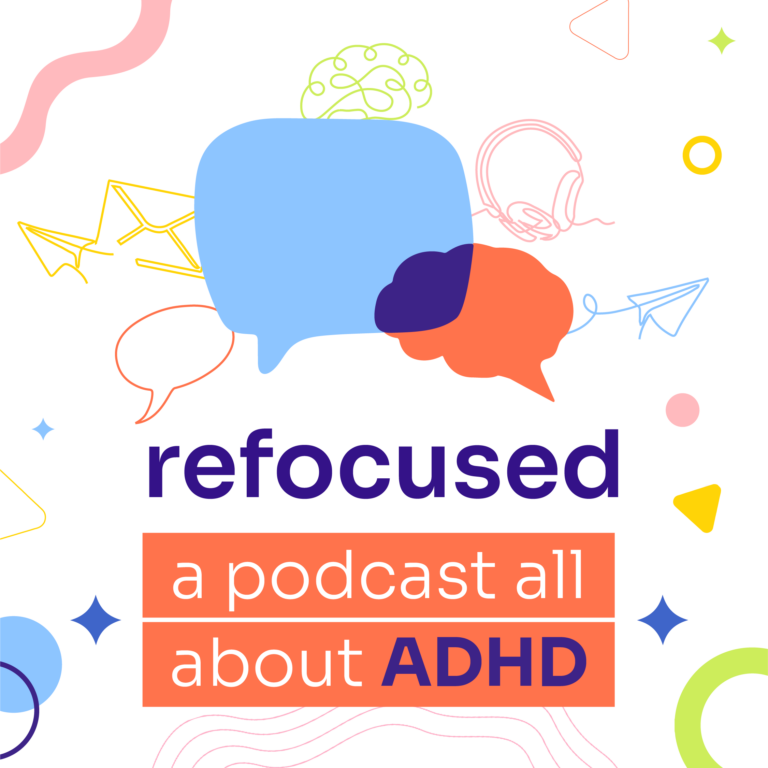By Mary Fetzer
Clinically reviewed by Dr. Gayle Jensen-Savoie
COVID-related social isolation had a big impact on K-12 students. Some children with ADHD faced particular challenges, as they sometimes struggle with relationships and rely on in-person contact to maintain them. But others with ADHD may have found the situation beneficial.
Whether your child’s social isolation experience was negative or positive, returning to a more “normal” classroom this fall is likely to bring new challenges. Here’s how you can help your student make the transition.
How social isolation affected K-12 students
When COVID shut down American schools, the vast majority of the nation’s students found themselves learning from home for the first time. They were separated from teachers and classmates and trying to develop routines to navigate this new way of “going to school.” And the isolation impacted more than just lesson delivery.
“Schools provide valuable socio-emotional engagement and interpersonal skill development,” says Cindy Chanin. Channin, a former admissions officer at Yale University and at the University of Southern California, is the founder and director of Rainbow EDU Consulting, a firm in Los Angeles that delivers customized private education.
“Months of isolation replaced the comfort and familiarity of being around people in a classroom setting and the daily routines of getting ready for school, connecting with friends, and returning home each day,” Channin says. “Many students harbored a deep desire to reconnect with peers.”
The various impacts of the isolation appeared to be even greater for students with ADHD.
The negative impact of social isolation on students with ADHD
“COVID isolation disrupted my son’s normal routine,” says Adelle Bish, whose 15-year-old son lives with ADHD. “Structure is really important for him, and transitioning to online classes was difficult.”
She explains that her son found it harder to remain engaged in some online classes, particularly if the teacher expected students to be highly self-directed. “The teacher couldn’t ‘see’ when my son was distracted and intervene to get him back on track,” she says.
Michelle Nielson is the co-founder and CEO of HiveWheel, a learning coaching company. Most of HiveWheel’s students have ADHD diagnoses, and the disruptions of the past two years have impacted them profoundly.
“Students who struggle with focus and regulating emotions, like those with ADHD, do best with structure and predictability,” Nielson says. “Many of these children were unable to find a structure in e-learning and hybrid environments.”
High school teacher and curriculum leader Elise Phillips teaches at a distance education school and writes at The Will to Teach, an online blog for teachers. She says that despite what her students think before they get started with online learning, it can be much more difficult than doing it face-to-face.
“It is up to the students to get their work done during the day without someone looking over their shoulder to keep them on task,” Phillips says. “The need for self-organization and motivation to complete tasks independently makes online learning particularly difficult for those with ADHD.”
Phillips created online study sessions during which she’d monitor the students at work. Students could join if they felt like they needed someone to monitor them. “We didn’t speak for most of the session, but they needed someone else to hold them accountable because they would struggle to get their work done otherwise,” she says.
The positive impact of social isolation on students with ADHD
In some instances, says Channin, remote learning offered students with ADHD more flexibility, agency and choice when it came to their education, given that they didn’t have all the distractions of a classroom setting with peers and outside stimulation. These students found it easier to learn in the familiarity of their home, free of external stimuli.
Schooling from home enabled some of these students to succeed at staying on task, embracing productivity more efficiently, and working on specific action items within their own personal workspace.
“The positive aspect for my son was that he was able to be home all day, where he feels most comfortable,” Bish says. “Not having to attend school in a physical sense reduced his school-related anxiety a lot.
As a school counselor for more than 13 years and author of social-emotional learning books, Jennifer Licate has seen the positive effects social isolation had on students with ADHD.
“When a student struggles more than their peers, it can negatively affect their self-esteem,” Licate says. “This low self-esteem can make children more likely to believe negative statements about themselves and accept negative treatment from others.”
When these students were learning at home, they had a break from the daily stressors and expectations of peer relationships. Additionally, academic expectations were less strict, which helped students with ADHD feel less stressed and better about themselves.
Nielson adds that students and their parents ultimately had more one-on-one communication and support from teachers. It was easier to “meet up” virtually than in person, and many teachers established virtual office hours for this very reason.
How parents can prepare children with ADHD to return to a “normal” learning environment
Most schools will return to pre-COVID, in-school routines this fall if they haven’t already. And there are things parents of students with ADHD can do to help, according to Paul Bowley, CEO of Abbeycare Group, a private residential addiction treatment clinic in the United Kingdom.
“Slow exposure and introduction of external distractions can help,” Bowley says. “For example, having lessons with other children, like their siblings, or in a different environment, like a library or cafe, can get the student used to distractions.”
Discuss the situation with your child, Bowley says. “Talk to them about their ADHD not as a stigma but as something that can be controlled with the right tactics,” he says. “Some parents make the mistake of not telling their children, opting instead to micromanage them. In the long run, it can have a negative impact, especially when it comes to their independent learning.
“Ultimately, in order for students with ADHD to be successful in a ‘normal’ in-school environment, more focus is needed on teaching them executive functioning skills, such as organization skills, time management skills, study skills, and self-control,” Licate said. “In addition, they should learn the connection between lacking these skills and the stress they feel in school.”
If the school isn’t teaching these executive functioning skills, Licate encourages parents to take on the task. “Work with the school to find out which skills your child is struggling with so you can teach these skills at home,” Licate says.
Bish’s son has already returned to attending school in person. While he struggles at times to manage a full day of school with all its distractions, it has been a good experience overall, Bish says.
“He was once again able to connect with peers and teachers in person and in real time,” she says. “He worked more consistently under teacher supervision and had fewer opportunities to just go on mute or off-screen. His joy at being back with his friends outweighed any of the ‘re-entry’ issues, and getting back into a regular routine has been tremendously valuable for him and our family life.”




